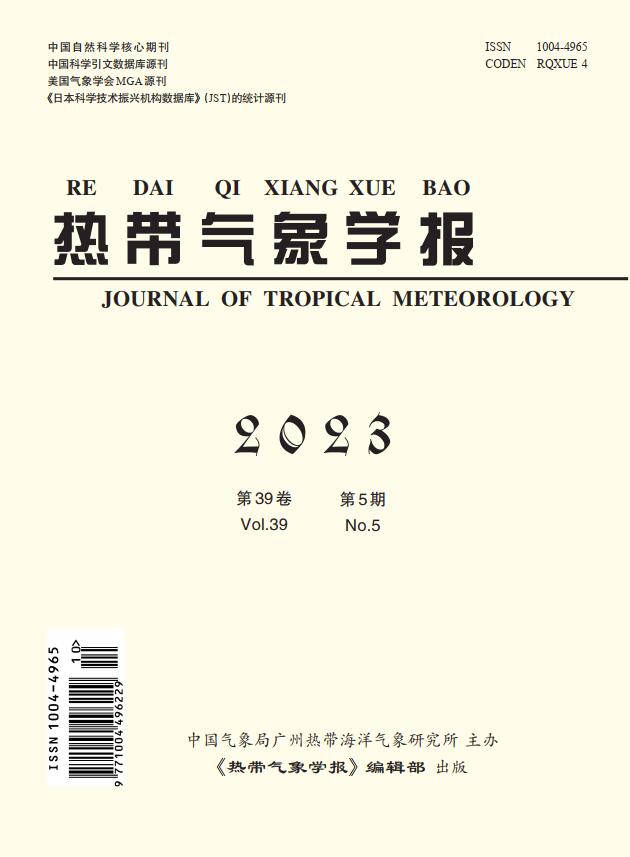Interdecadal Change in the Interannual Variability of South China Sea Summer Monsoon Intensity
IF 1.4
4区 地球科学
Q4 METEOROLOGY & ATMOSPHERIC SCIENCES
引用次数: 0
Abstract
: The interdecadal change in the interannual variability of the South China Sea summer monsoon (SCSSM) intensity and its mechanism are investigated in this study. The interannual variability of the low-level circulation of the SCSSM has experienced a significant interdecadal enhancement around the end of the 1980s, which may be attributed to the interdecadal changes in the evolution of the tropical Indo-Pacific sea surface temperature (SST) anomalies and their impacts on the SCSSM. From 1961 to 1989, the low-level circulation over the South China Sea is primarily affected by the SST anomalies in the tropical Indian Ocean via the mechanism of Kelvin-wave-induced Ekman divergence. While in 1990 to 2020, the impacts of the summer SST anomalies in the Maritime Continent and the equatorial central to eastern Pacific on the SCSSM are enhanced, via anomalous meridional circulation and Mastuno-Gill type Rossby wave atmospheric response, respectively. The above interdecadal changes are closely associated with the interdecadal changes in the evolution of El Niño–Southern Oscillation (ENSO) events. The interdecadal variation of the summer SST anomalies in the developing and decaying phases of ENSO events enhances the influence of the tropical Indo-Pacific SST on the SCSSM, resulting in the interdecadal change in the interannual variability of the SCSSM.南海夏季风强度年际变化的年代际变化
本文章由计算机程序翻译,如有差异,请以英文原文为准。
求助全文
约1分钟内获得全文
求助全文
来源期刊

热带气象学报
METEOROLOGY & ATMOSPHERIC SCIENCES-
CiteScore
1.80
自引率
8.30%
发文量
2793
审稿时长
6-12 weeks
期刊介绍:
Information not localized
 求助内容:
求助内容: 应助结果提醒方式:
应助结果提醒方式:


